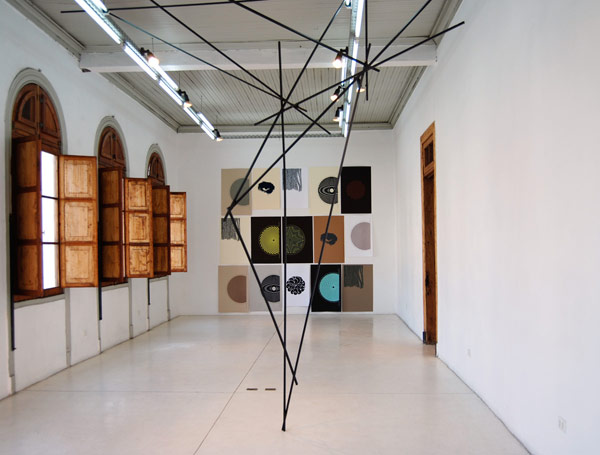
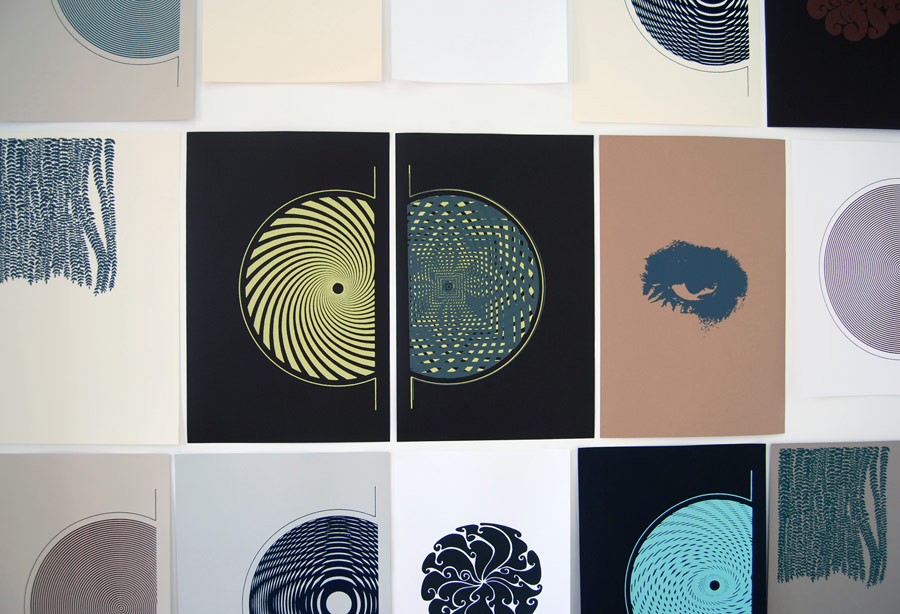
Exhibition Hay luz en cada ventana, Die Ecke Arte Contemporaneo, Santiago de Chile / July 15 - August 14, 2010


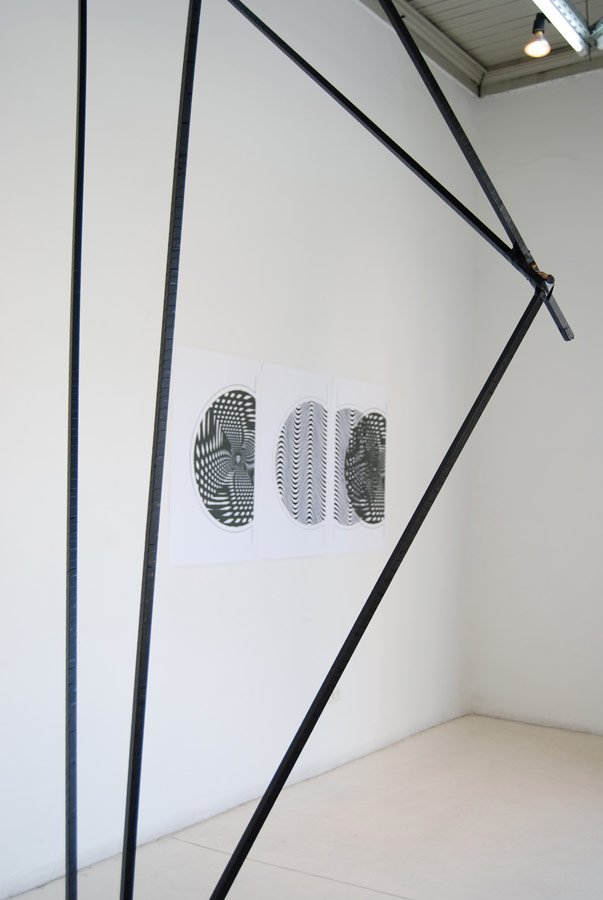
.jpg)
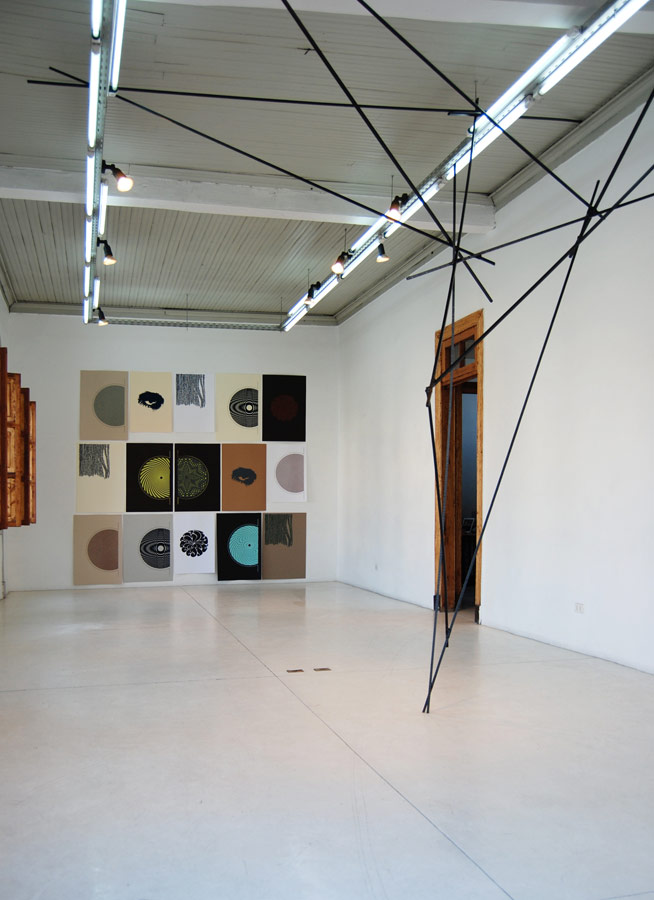
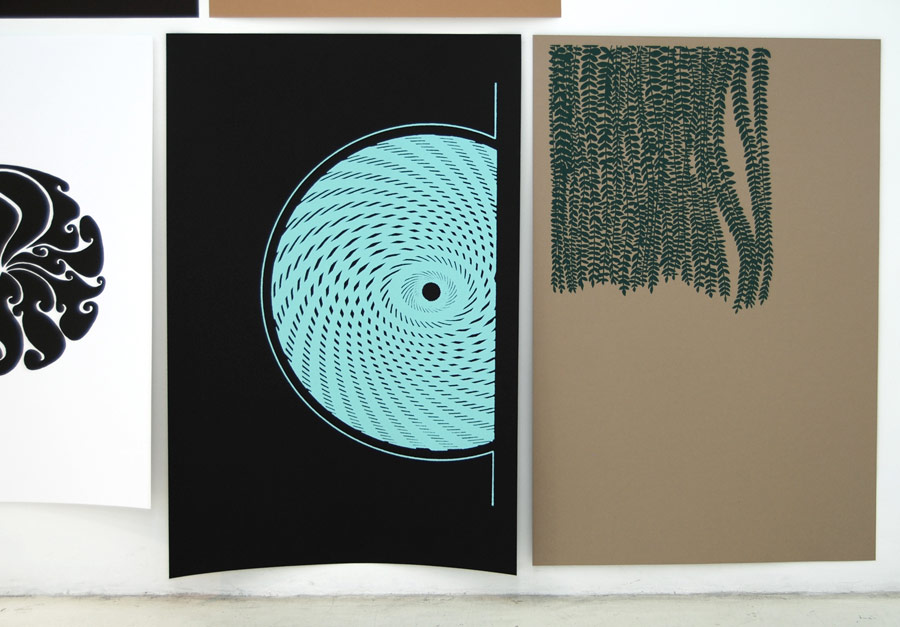
.jpg)
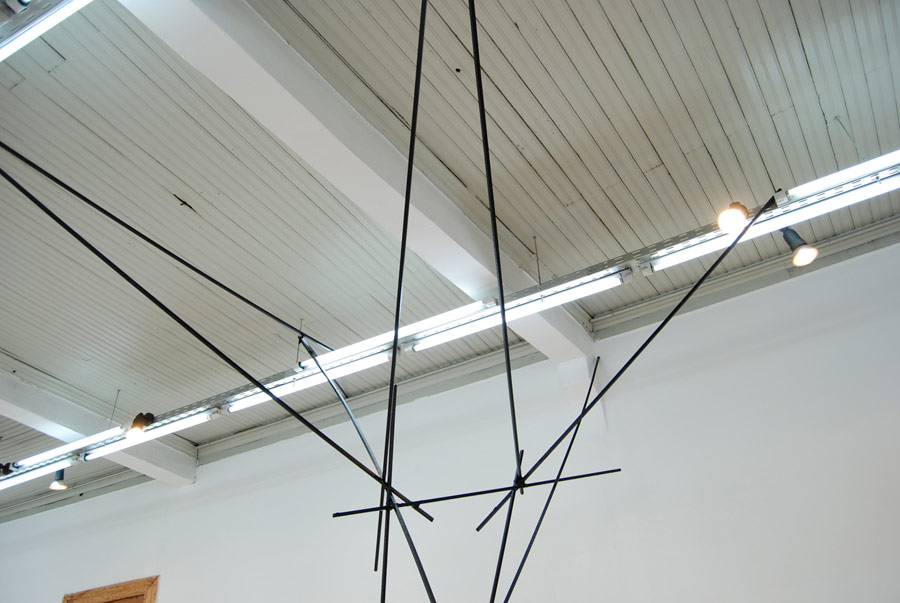
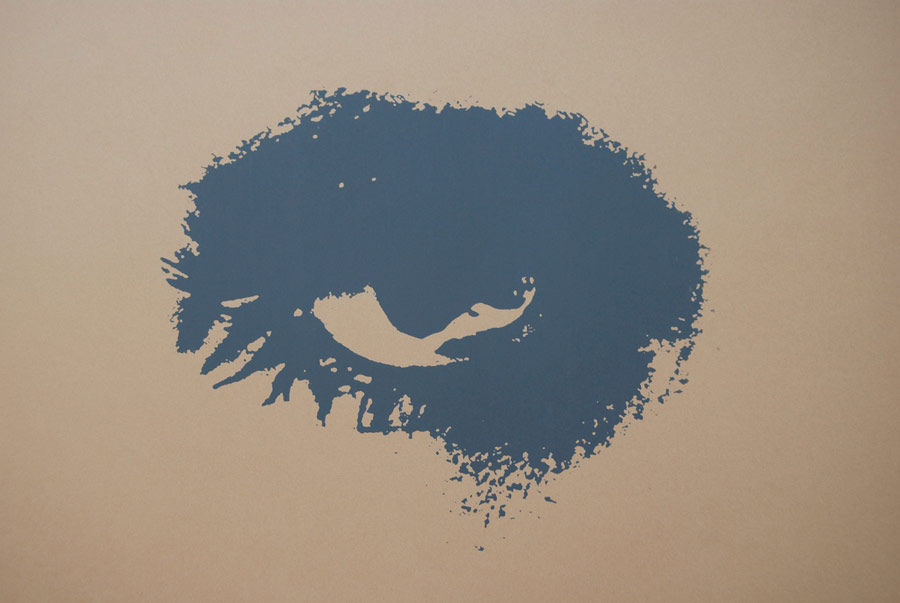
There is Light in Every Window
This exhibition takes its title from a quote to Fiorello La Guardia, Mayor of New York City between 1934 and 1945. The exclamation describes the luminance quality of the first public housing projects in the city. The phrase contains a strong - and almost mystic - positivism typical of that period, one in which architecture and urbanism were considered as a large-scale force of change, one that could redefine and transform New York into a modern city.
“There is Light in Every Window” is conformed by two bodies of work. On the one hand a group of silk-screen prints which appropriate and transform images from two books; the first book was found on the street and was published in the United States in 1968, it consists of a written and visual defense to sensorial and behavioral experimentation through the use of LSD and other drugs; the other was a gift from a kin and is a book about political and socially engaged posters produced in Chile during more or less the same period (late 60’s and early 70’s). On a first sight these two contexts have nothing in common yet they do share the historical context of 1968 and therefore both stand as alternative positions to mainstream culture and life. The silk-screens by Felipe Mujica present new readings of these references, creating new images in a frozen-like state, in-between an image that wants to become something new and an image that is suspended in its own history.
The second piece in the exhibition belongs to a series of sculptural installations grouped under the title of “Linea de Hormigas”. The piece appropriates modernist sculptural concepts yet its materiality is very fragile and ephemeral, which makes it a sort of impossible piece, standing as an undefined element, in a way inconclusive in its intentions. “Linea de Hormigas” is a project in which sculpture is born and conceived as a failed object, which simultaneously questions its own historical failure.